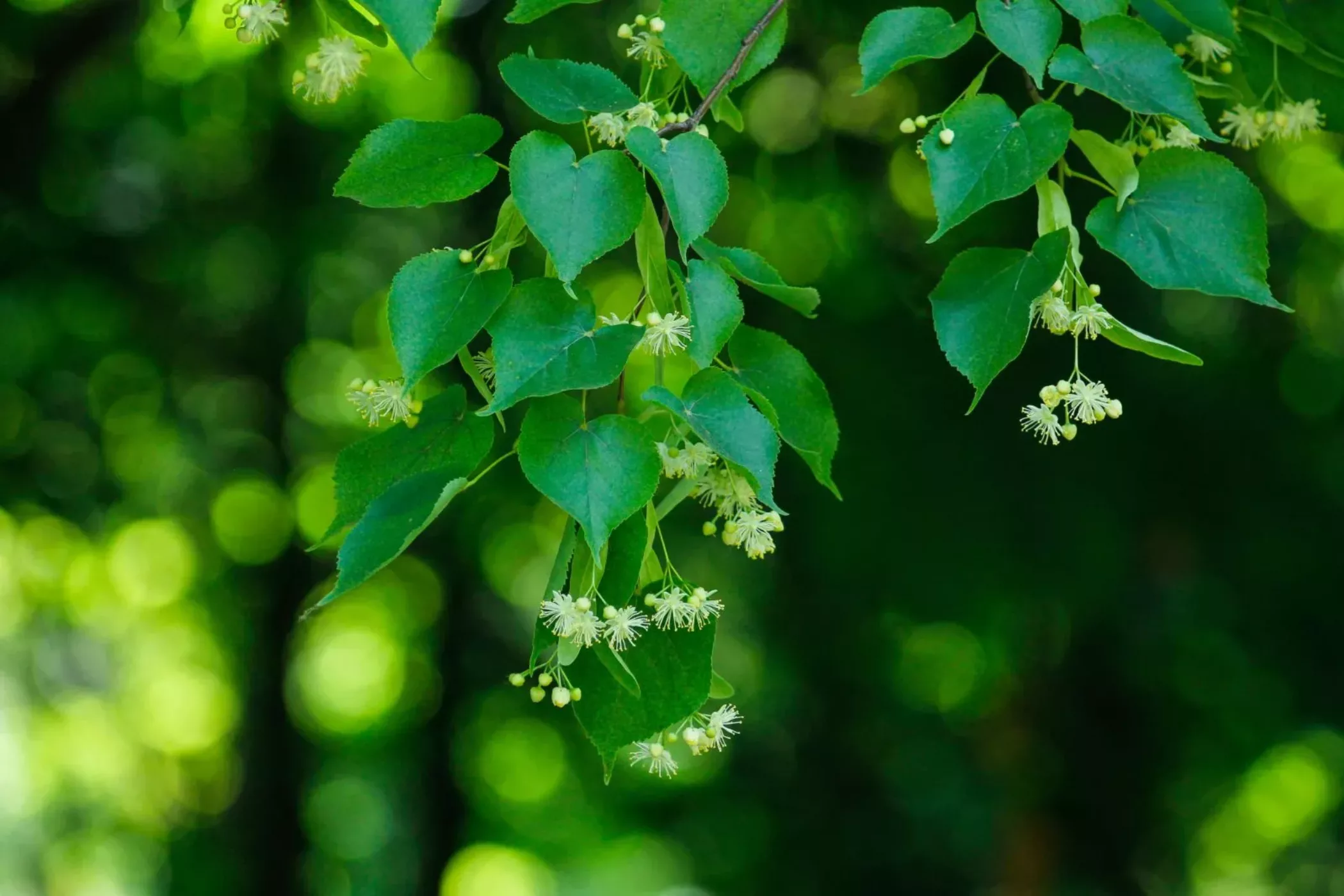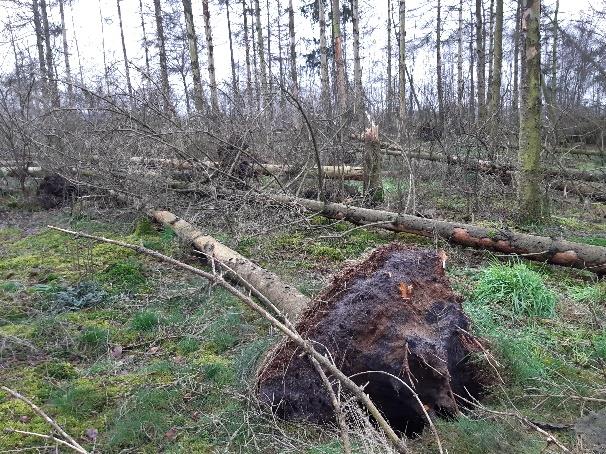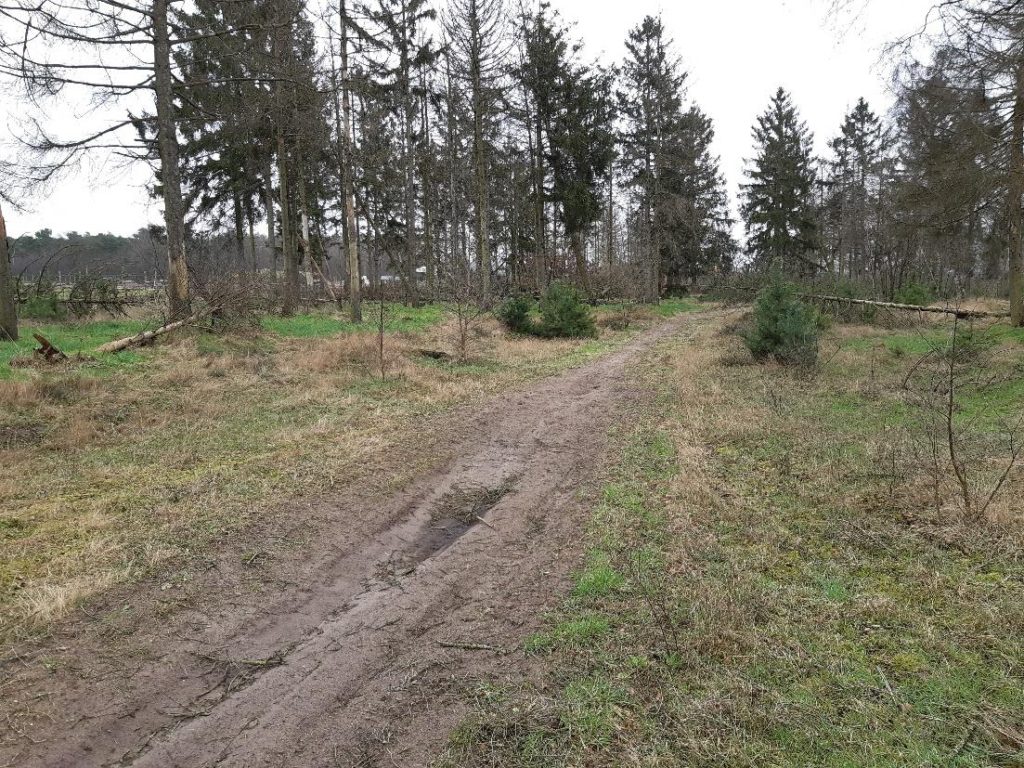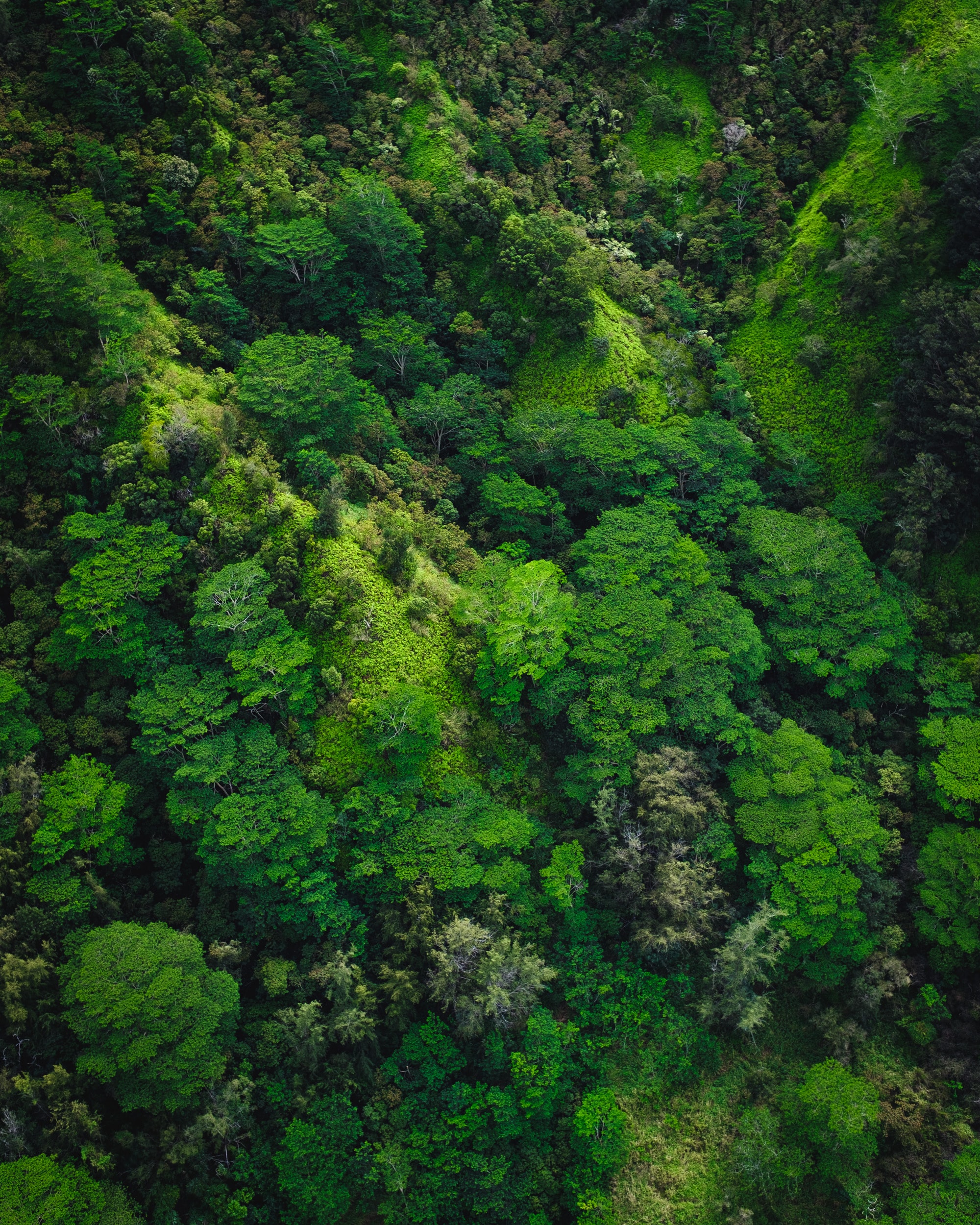New climate-proof forest in Land van Cuijk municipality: results 2023-2024
14 September 2024

14 September 2024
Together with the municipality and green consultancy Orbis, we are working on greening the Land van Cuijk municipality. Our goal: to plant 7,165 trees to restore existing forest and create new forest. Thanks to the contribution of our donors, the first 5,000 trees were planted last season.
trees and shrubs
hectares
planting season
In the municipality of Land van Cuijk, Trees for All helps to plant over 7,165 trees. We do this over two planting seasons. In doing so, we restore existing forest and create new forest.
Last planting season (December 2023 – March 2024), we started on the municipality’s former motor cross track. Here there was a Norway spruce forest with all sandy paths through it. The Norway spruce has become increasingly weak in recent years due to dry summers and the gnawing of letterworms. These are beetles that crawl under the bark and gnaw the trees from within. As a result, the Norway spruce trees eventually die off.
Therefore, we have restored the forest by planting back varied tree species. A varied forest is more resistant to the effects of climate change, such as diseases, pests or drought. If one tree species suffers, the others keep the forest intact. And the more different species, the more plants and animals the forest attracts. This is how nature comes back to life!
In this project, we work together with the Land van Cuijk municipality and green consultancy firm Orbis. The municipality owns the land and is responsible for its planting and management. Orbis produced the designs and layout plans.


The former motocross terrain before planting
The planting site was well prepared in advance. A soil conditioner was added to the planting holes. In addition, the dead Norway spruce trees were cut down to prevent them from falling over. The dead wood was used as a branch wall. Ideal as a hiding place for small mammals! Microorganisms, such as mushrooms and good bacteria, can also grow here in abundance. And these, in turn, ensure a healthy forest floor.
In February 2024, 5,000 trees were manually planted on the former motocross terrain. The planting consists of various native tree species, such as beech, hornbeam, bosc willow, winter lime, ratchet poplar, common elder, juniper and common broom. These species belong naturally to this region. Moreover, these species are more resistant to climate change and contribute to a strong and resilient forest
Examples of species we have planted include willow, elder and winter lime
The site has deliberately not been fully planted. Thus, a number of open sandy spots have been preserved. Sand bees and sand lizards benefit from these (semi-)open sunny spots, where they quickly warm up in the morning sun. They use the loose sand and shrubs as shelter and a place to breed. There are also open spots where all kinds of grasses, wild plants and flowers can grow. These are popular spots for bees, butterflies and other insects. It is precisely the variety between these open landscapes and forests that is very good for biodiversity.
The Land van Cuijk municipality informs that 90% of the trees and shrubs have done well! Only the sweet cherry has struggled, but the rest are growing excellently. The municipality will continue to monitor the planting and will mow extra if necessary so that the young trees and shrubs do not get overgrown by grass or weeds.


After planting in August 2024. The saplings are already sticking out above the grass!
When planting new forests, it’s normal that not all the trees survive. So we make agreements with our project partners beforehand about the percentage of loss we allow within a project. Usually, this percentage is between 5 and 15%. If the loss is higher, due to unforeseen circumstances, then new trees are planted in the following planting season. This is also known as refill. So together, we make sure the forest gets off to a good start!
Whereas the forest previously consisted of only one tree species, the new planting consists of a wide variety of native deciduous trees. This variety of species will give a considerable boost to biodiversity. All kinds of plants and animals will soon find food, a hiding place or space to reproduce. For instance, fruit-bearing species have been planted near a badger sett. So the badger will soon be able to literally reap the benefits here!
Dead wood left in the area also provides new life. Many species of ants, flies, bugs, wasps, butterflies, woodlice, springtails, bats, birds, mushrooms and mosses use dead wood as a habitat or food source.
The forest will soon connect nicely with the existing heathland area on the west side of the planting area. Besides deciduous trees, gorse and juniper have also been planted for this purpose. This will connect natural areas, making it easier for animals to move around and find a suitable place to reproduce.
We are not done yet in the municipality of Land van Cuijk! Next planting season (2024-2025), we will continue planting 2,165 trees and shrubs on a barren grassland adjacent to an existing forest. The natural value on this grassland is very low: there is very little variety of plants and animals. To bring nature back to life, we will plant different types of trees and shrubs here too. We will choose native species such as sweet cherry, elder, rowan and blackthorn.
This way, we will expand the amount of forest and ensure that the plants and animals at this location have plenty of living space. Moreover, the shrubs will be placed at the edge of the plot, creating a nice transition from the surrounding grasslands to the already existing forest.
In the coming years, the trees will develop into a young forest. Not only will the trees grow, the biodiversity will also increase more and more over the years. Are you curious to know what such a process looks like in outline? Then read our article How a forest grows.

Without the support of our donors, we could not have made this project possible. We would like to thank you enormously for that. Together, we have made the Netherlands a little greener. See you next planting season!